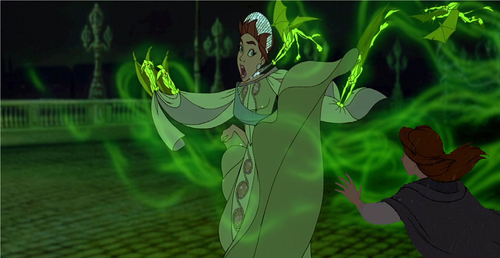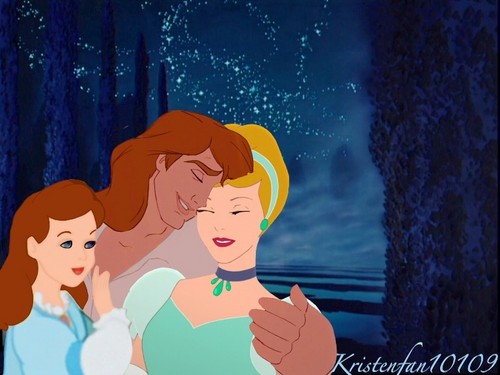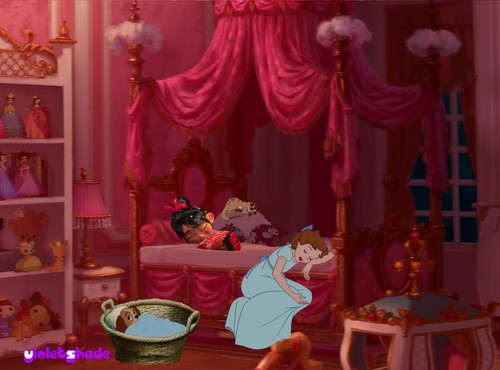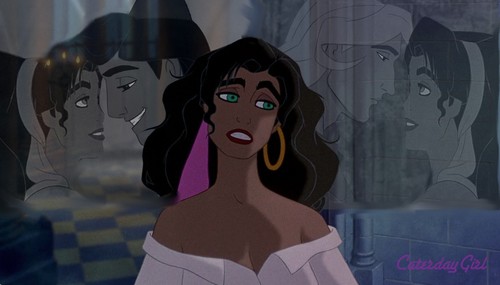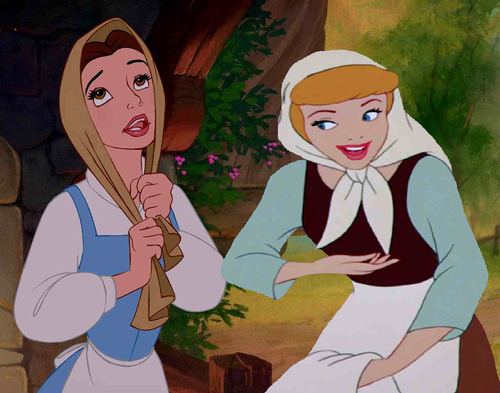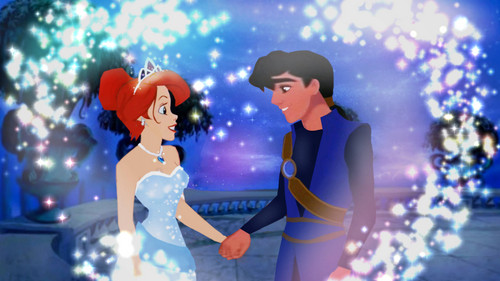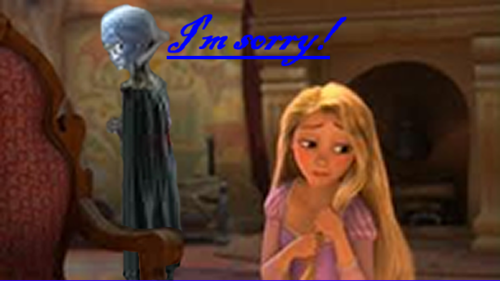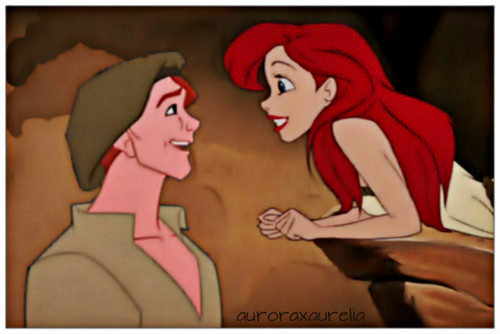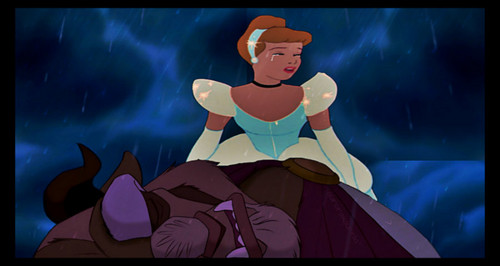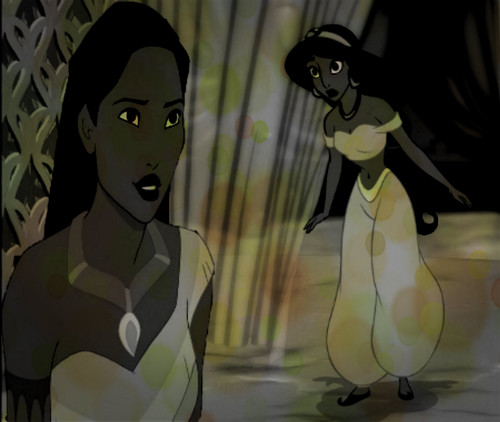A friend of mine posted this on Facebook; it's not Disney related but people need to know about it. Please read, and comment:
Playfulness or Madness?
Cowperthwaite’s 2013 documentary proves that killer whales are, indeed, aptly named.
You don’t need to be a marine biologist at SeaWorld, Orlando, to know that something isn’t quite right with the orcas. Despite claims made by the staff that Gabriela Cowperthwaite’s recent documentary Blackfish, an in-depth study of the behaviour of captive killer whales, that the film is “inaccurate” and “misleading,” one need only attend one of the live shows to have their eyes opened to just how “tame” these animals are.
Like all wild animals, orcas have no understanding of human behaviour since their brains are genetically programmed differently to ours. As such, an orca won’t realise that their “harmful playing” via breaching, biting and dragging through tones of water, can potentially be dangerous to humans.
But is it simply a case of the orcas getting carried away?
Cowperthwaite’s film argues “no.”
We may speculate about the reasons for all sorts of dangerous behaviour in animals but due to being a different species we may never know the truth. Yet Blackfish takes the first steps towards discovering why the recorded number of captive orca attacks on humans is terrifyingly immense, whilst the recorded number of orca attacks on humans in the wild is significantly less. In particular, the film focuses on killer whale Tilikum, who has been responsible for at least three deaths in the space of nineteen years. At the time, the incidents were brushed off as examples of “territoriality” or “playing.”
But is this really the case?
Cowperthwaite’s film examines Tilikum’s life in captivity right from the very beginning. Tilikum was captured in 1983 off the coast of Iceland at the age of about 2 years old, dragged 3,644 miles from his home and spent the first nine years of his captivity in a tank with two older females, Haida II and Nootka IV. Haida and Nootka aggressively bullied the young Tilikum, who ended up being kept in a smaller tank for his own protection, and the trainers withheld food from the young orca when he failed to respond to their instructions.
These early incidents may have contributed to Tilikum’s behaviour towards humans later in life; added to the fact that all the orca could do inside that confined space was “cruise slowly in circles or lie still on the surface. He could hear no ocean sounds, only the mechanical rush of filtration.”
Can anyone possibly argue that this level of isolation for the animal’s natural environment didn’t have some kind of effect on the animal?
According to an interview with a former SeaWorld trainer, Tilikum was in a bad way in the late nineties, dragging his flukes on the floor of his tank, and his teeth were broken and infected, leading to him being almost constantly on antibiotics. If what happens to a whale’s mind whilst the animal is constantly on medication is anything like what happens to a human’s in the same situation, then perhaps this is another contribution to Tilikum’s behaviour in more recent years. After the death of 20 year old trainer Keltie Byrne in 1991, the whale was also described as being “psychotic” and in a “disturbed state of mind.”
Yet no action has been taken to put the whales back into the wild. As with anything in this day and age, it all comes down to profit. The shows still continue in SeaWorld, albeit now the trainers no longer get in the tanks with the orcas, and people still go to see them. Even the death of 40 year old trainer Dawn Brancheau in 2010, at the hands, or rather teeth, of Tilikum, has been left as simply a tragic accident, put down to the orca mistaking Brancheau’s ponytail for a toy or else smelling fish upon her hair. And, whilst the park was fined $75,000 for safety violations related to the incident, no other legal action has been taken against SeaWorld, concerning either the incident or the living conditions of the orcas.
Tilikum is now somewhere between 31-31 years of age and has spent most of his life in captivity. Whilst by no means the oldest captive orca in the world, he is currently the largest (6.9m long) and weighs around 5,400 kg.
Surely no tank in the world can be large enough to hold him without physically or mentally damaging him?
Health wise, there is one other concern. Tilikum is recognisable by his collapsed dorsal fin; which is speculated as a sign of poor health and also a sign of unhappiness or discontentment in orcas. According to a study, one percent of orcas in the wild suffer from dorsal fin collapse. This percentage is magnified up to one hundred percent in captivity.
Does this not say something about conditions for animals in captivity?
Cowperthwaite’s theory is this: captivity drives the orcas mad.
With deadly consequences.
No matter how well the whales may or may not be treated by their trainers, they need a vast amount of living space – entire oceans full, in fact – and water parks just cannot provide that for them. Added to that, the fact that they are wild animals, not meant for pathetic public displays that involve jumping through hoops, balancing balls or giving rides to their trainers all for a few measly scraps of fish.
And though SeaWorld claims that whales live longer in captivity, the sad truth they cannot see is that whales like Tilikum are slowly dying in such conditions.
Whatever the case, the fact remains that these orcas need to be released back into the wild. Whether or not they will survive after so long in captivity is debatable; but surely taking that risk is worth it for the sake of both animals and humans alike.
Playfulness or Madness?
Cowperthwaite’s 2013 documentary proves that killer whales are, indeed, aptly named.
You don’t need to be a marine biologist at SeaWorld, Orlando, to know that something isn’t quite right with the orcas. Despite claims made by the staff that Gabriela Cowperthwaite’s recent documentary Blackfish, an in-depth study of the behaviour of captive killer whales, that the film is “inaccurate” and “misleading,” one need only attend one of the live shows to have their eyes opened to just how “tame” these animals are.
Like all wild animals, orcas have no understanding of human behaviour since their brains are genetically programmed differently to ours. As such, an orca won’t realise that their “harmful playing” via breaching, biting and dragging through tones of water, can potentially be dangerous to humans.
But is it simply a case of the orcas getting carried away?
Cowperthwaite’s film argues “no.”
We may speculate about the reasons for all sorts of dangerous behaviour in animals but due to being a different species we may never know the truth. Yet Blackfish takes the first steps towards discovering why the recorded number of captive orca attacks on humans is terrifyingly immense, whilst the recorded number of orca attacks on humans in the wild is significantly less. In particular, the film focuses on killer whale Tilikum, who has been responsible for at least three deaths in the space of nineteen years. At the time, the incidents were brushed off as examples of “territoriality” or “playing.”
But is this really the case?
Cowperthwaite’s film examines Tilikum’s life in captivity right from the very beginning. Tilikum was captured in 1983 off the coast of Iceland at the age of about 2 years old, dragged 3,644 miles from his home and spent the first nine years of his captivity in a tank with two older females, Haida II and Nootka IV. Haida and Nootka aggressively bullied the young Tilikum, who ended up being kept in a smaller tank for his own protection, and the trainers withheld food from the young orca when he failed to respond to their instructions.
These early incidents may have contributed to Tilikum’s behaviour towards humans later in life; added to the fact that all the orca could do inside that confined space was “cruise slowly in circles or lie still on the surface. He could hear no ocean sounds, only the mechanical rush of filtration.”
Can anyone possibly argue that this level of isolation for the animal’s natural environment didn’t have some kind of effect on the animal?
According to an interview with a former SeaWorld trainer, Tilikum was in a bad way in the late nineties, dragging his flukes on the floor of his tank, and his teeth were broken and infected, leading to him being almost constantly on antibiotics. If what happens to a whale’s mind whilst the animal is constantly on medication is anything like what happens to a human’s in the same situation, then perhaps this is another contribution to Tilikum’s behaviour in more recent years. After the death of 20 year old trainer Keltie Byrne in 1991, the whale was also described as being “psychotic” and in a “disturbed state of mind.”
Yet no action has been taken to put the whales back into the wild. As with anything in this day and age, it all comes down to profit. The shows still continue in SeaWorld, albeit now the trainers no longer get in the tanks with the orcas, and people still go to see them. Even the death of 40 year old trainer Dawn Brancheau in 2010, at the hands, or rather teeth, of Tilikum, has been left as simply a tragic accident, put down to the orca mistaking Brancheau’s ponytail for a toy or else smelling fish upon her hair. And, whilst the park was fined $75,000 for safety violations related to the incident, no other legal action has been taken against SeaWorld, concerning either the incident or the living conditions of the orcas.
Tilikum is now somewhere between 31-31 years of age and has spent most of his life in captivity. Whilst by no means the oldest captive orca in the world, he is currently the largest (6.9m long) and weighs around 5,400 kg.
Surely no tank in the world can be large enough to hold him without physically or mentally damaging him?
Health wise, there is one other concern. Tilikum is recognisable by his collapsed dorsal fin; which is speculated as a sign of poor health and also a sign of unhappiness or discontentment in orcas. According to a study, one percent of orcas in the wild suffer from dorsal fin collapse. This percentage is magnified up to one hundred percent in captivity.
Does this not say something about conditions for animals in captivity?
Cowperthwaite’s theory is this: captivity drives the orcas mad.
With deadly consequences.
No matter how well the whales may or may not be treated by their trainers, they need a vast amount of living space – entire oceans full, in fact – and water parks just cannot provide that for them. Added to that, the fact that they are wild animals, not meant for pathetic public displays that involve jumping through hoops, balancing balls or giving rides to their trainers all for a few measly scraps of fish.
And though SeaWorld claims that whales live longer in captivity, the sad truth they cannot see is that whales like Tilikum are slowly dying in such conditions.
Whatever the case, the fact remains that these orcas need to be released back into the wild. Whether or not they will survive after so long in captivity is debatable; but surely taking that risk is worth it for the sake of both animals and humans alike.







